Train system in Japan
The train system in Japan is enormous. In 2015, the route network connected over 27,311 km. That means you can reach almost every place in the country by train. Japanese trains are almost never late, unless there is a serious problem. For example, when we experienced a fire on the tracks it took only 10 minutes for the problem to be solved. Japanese stations are totally organized, even at rush hour, when thousands of people go to work or back home. At these times, there is additional staff who coordinate the crowds and show to lost tourists (like we were sometimes :) ) the direction.
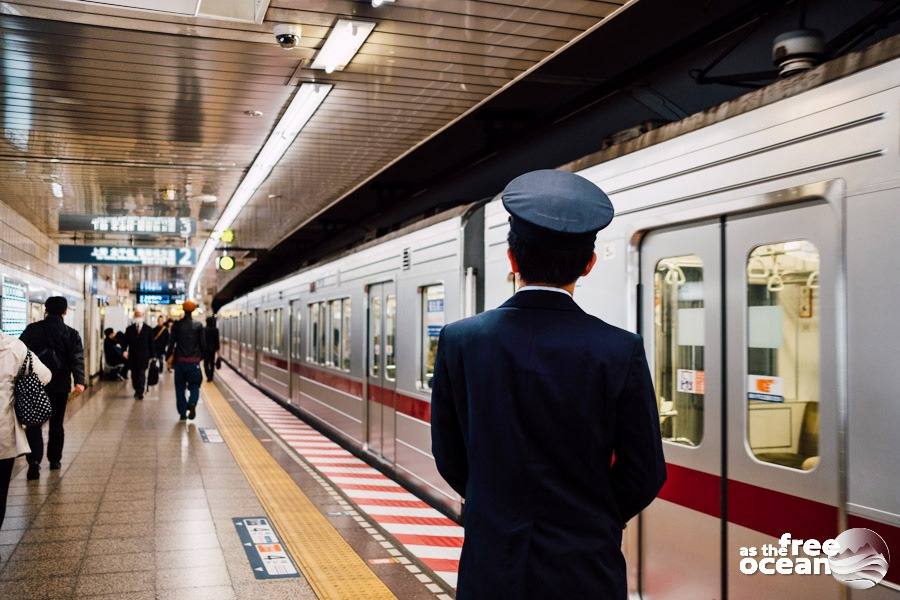
As soon as you arrive at the track, you join the row marked on the ground. At some stations the arrival of the train is announced by a bird sound. First, passengers get off and then you can get on the train. If you have not managed to get on the train then do not worry, the next one will be coming in a few minutes. We have never waited more than 5 minutes. Most stations and subway stations have a free wifi connection and Google Maps makes finding the connections super easy. There are also the apps MetroMan and Visit Tokyo, which can be used as an offline alternative in Tokyo and other big cities.
In addition to the regular trains and JR Lines, there are subways in some cities and, of course, the Shinkansen express trains that connect the major cities within a few hours.
How do I know which train is going in which direction?
On the tracks there are signs showing in which direction the trains go. In the train itself, the announcements are usually made in Japanese and English and the number of the station is called, so you can not miss the exit. In addition, the stations are marked with lights showing the exits of the train. If you board the wrong train, just get out and take the next one back. As mentioned above, the trains are coming regularly.

Where can I buy tickets?
As a foreign visitor, you can buy a Japan Rail Pass via the Internet before arriving in Japan. The pass is available for 7, 14 or 21 days. The website http://www.japanrailpass.net/en/ offers all the necessary information regarding this subject. You should first calculate whether it is worth it for you or not. In our case it would have been more expensive.

Tickets can be bought at the station at the ticket machines, at the ticket windows (Midori No Madoguchi) or on the internet. The handling of the machines is self-explained and available in English. When buying tickets to stations in the immediate vicinity, just look at the board with the route network to see the price (price is always at the respective station for adults and children). Te board always hangs directly over the machine. The Payment is done in cash and the machines also give back notes, if you just just don’t have change at hand.
If you are in the area for a longer time or go regularly with the trains, a Suica Card or Pasmo card is a better option to consider. These prepaid cards are particularly convenient and save time when buying tickets. Instead of inserting the ticket at the light barrier, you put the card on the reader and it deducts the necessary amount automatically.
Tickets can be booked on the same day, but Shinkansen trains are often fully booked, so it is recommended to book long trips in advance.
How are the tickets checked?
The tickets are checked both when entering and exiting the tracks. The exit is marked with a light barrier which indicates if you have bought the right ticket. During our 4 week journey, we were only once checked for our ticket on the train, but it happened when we accidentally entered the first-class carriage. The controller was very nice and showed us the way to the right compartment.
Conclusion: train travel in Japan is super light and comfortable, although not always cheap. It is also very entertaining. In the trains or stations, there is a lot to discover. The train system is just another thing that made us understand that Japan is simply a different world.
Would you like to see some pictures of Japan? Click here.

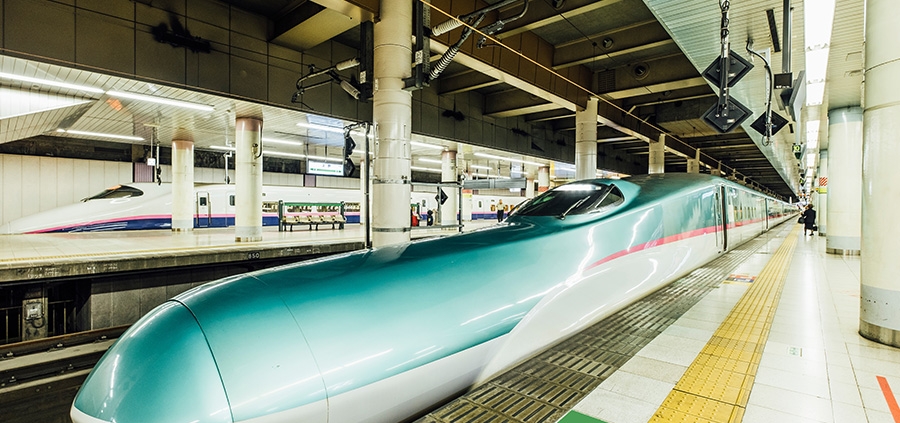

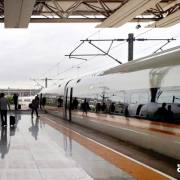

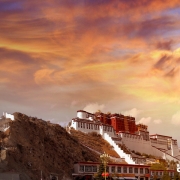

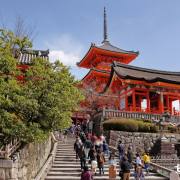


Leave a Reply
Want to join the discussion?Feel free to contribute!